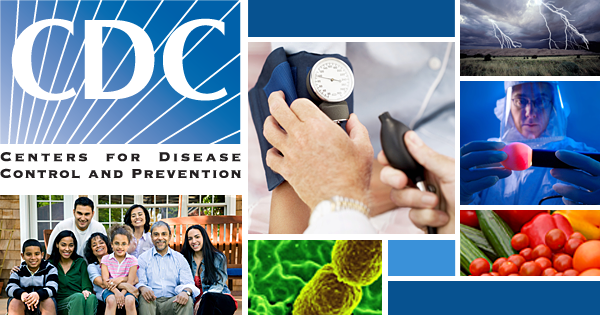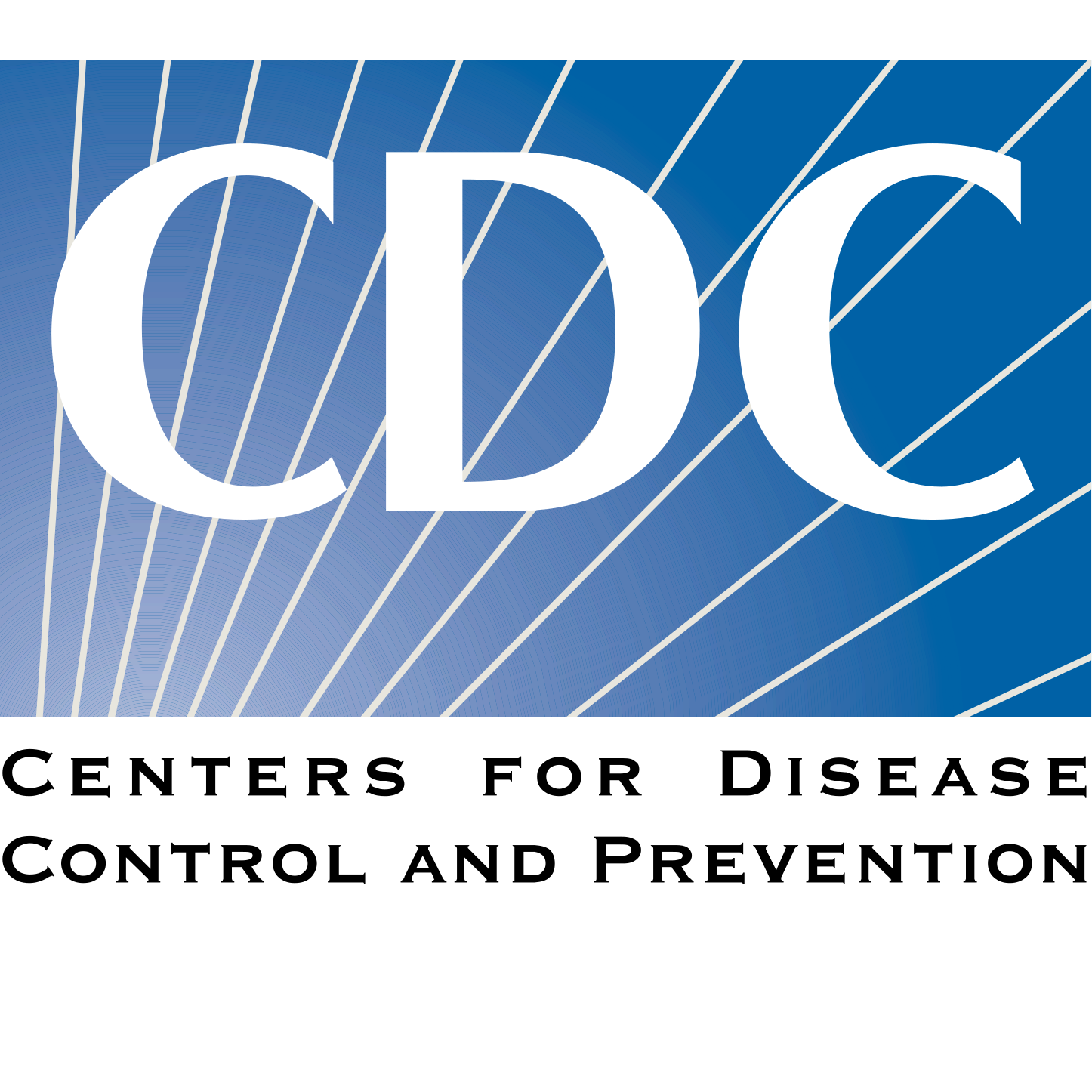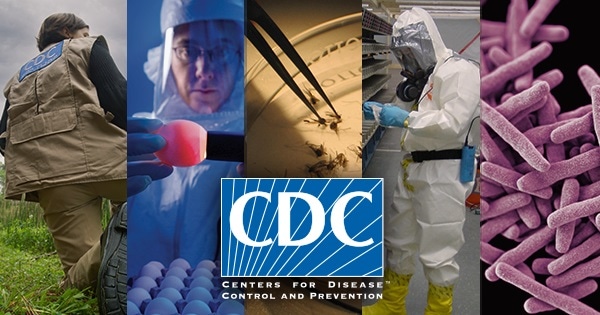So, you know how sometimes you stumble upon content on the internet that you really wish you hadn’t seen? Yeah, we’ve all been there. It’s like you can’t unsee it, right? Well, in this article, we’re going to talk about the importance of content and prevention. We’re going to dive deep into how the things we see online can affect us, and how we can take steps to protect ourselves from harmful content.
Now, let’s be honest, the internet is an amazing place. It’s filled with so much information and entertainment that we can easily get lost in it for hours. But with that comes the risk of stumbling upon content that can have a negative impact on us. Whether it’s explicit material, hate speech, or harmful ideologies, the things we see can shape our thoughts and behaviors. That’s why it’s crucial to be aware of the content we consume and take steps to prevent ourselves from being exposed to things that can harm us mentally, emotionally, or even physically. In this article, we’ll go over some practical tips and techniques for content prevention, so you can navigate the online world with confidence and peace of mind. Stay tuned to learn more!

Introduction
Prevention is a crucial aspect of healthcare that aims to stop diseases and injuries from occurring in the first place. It involves a wide range of strategies and interventions that promote health, improve well-being, and reduce the burden on individuals and healthcare systems. In this article, we will explore the importance of prevention, the different types of prevention strategies, the role of healthcare professionals and the community in prevention efforts, government initiatives and policies, prevention in specific population groups, advancements in prevention, challenges and barriers, and ways to enhance prevention efforts.
Understanding the Importance of Prevention
Why is Prevention Important?
Prevention plays a vital role in maintaining and promoting good health. By focusing on prevention, individuals can reduce the risk of developing chronic diseases, such as heart disease, diabetes, and cancer. It also helps to prevent injuries, such as falls and accidents. Prevention not only enhances the quality of life but also increases life expectancy.
The Role of Prevention in Public Health
Prevention is a cornerstone of public health. It helps in controlling the spread of infectious diseases and reducing the burden on healthcare facilities. By implementing prevention strategies, public health agencies can protect communities from outbreaks and pandemics.
Prevention as a Cost-effective Approach
Prevention is not only beneficial for individuals but also cost-effective for healthcare systems. By investing in prevention, healthcare providers can avoid the high costs associated with treating diseases in advanced stages. Prevention strategies are often more affordable and result in better health outcomes.
Prevention vs. Treatment: A Comparative Analysis
Prevention and treatment both play important roles in healthcare. However, prevention focuses on avoiding the occurrence of diseases and injuries, whereas treatment is aimed at managing and curing them after they have occurred. Prevention is proactive and seeks to address root causes and risk factors.

Types of Prevention Strategies
Primary Prevention
Primary prevention involves interventions that target healthy individuals to prevent the onset of diseases and injuries. These strategies focus on promoting health and wellness through education, vaccination campaigns, and environmental and occupational safety measures.
Secondary Prevention
Secondary prevention aims to detect diseases and injuries in their early stages before symptoms appear. It involves screening and diagnostic tests, timely medical care, and interventions to prevent the progression of diseases and reduce complications.
Tertiary Prevention
Tertiary prevention focuses on managing and reducing complications in individuals who already have a diagnosed disease or injury. It includes rehabilitation programs, chronic disease management, and supportive care services to improve the quality of life and prevent further deterioration.
Primary Prevention: Promoting Health and Wellness
Health Education and Promotion Programs
Health education and promotion programs aim to provide individuals with the knowledge and skills necessary to make informed decisions about their health. These programs focus on topics such as healthy eating, physical activity, tobacco and alcohol use, and stress management.
Vaccination Campaigns
Vaccination is one of the most effective primary prevention strategies. It helps to protect individuals from infectious diseases by stimulating the immune system to produce antibodies. Vaccination campaigns target specific population groups, such as children, the elderly, and high-risk individuals.
Environmental and Occupational Safety Measures
Prevention also involves creating safe environments and ensuring occupational safety. This includes measures such as clean water supply, sanitation systems, safe workplaces, and regulations to prevent exposure to hazardous substances.
Secondary Prevention: Early Detection and Intervention
Screening and Diagnostic Tests
Screening tests are used to detect diseases in their early stages when treatment is most effective. Examples include mammograms for breast cancer, Pap smears for cervical cancer, and blood tests for diabetes. These tests help in identifying risk factors and allowing for early intervention.
Timely Medical Care and Interventions
Early detection of diseases enables timely medical care and interventions. This can include medication, surgery, lifestyle modifications, and counseling. Early intervention increases the chances of successful treatment and reduces complications.
Behavioral Risk Assessments
Behavioral risk assessments involve evaluating an individual’s lifestyle choices and behaviors that may increase their risk of developing diseases. This assessment enables healthcare providers to provide personalized recommendations for reducing risk factors and promoting healthier behaviors.
Tertiary Prevention: Managing and Reducing Complications
Rehabilitation Programs
Rehabilitation programs aim to restore function and improve the quality of life in individuals with disabilities or chronic conditions. These programs may include physical therapy, occupational therapy, speech therapy, and vocational training.
Chronic Disease Management
Chronic disease management focuses on providing comprehensive care to individuals with long-term conditions. It involves regular follow-up visits, medication management, lifestyle modifications, and patient education to prevent complications and manage symptoms effectively.
Supportive Care Services
Supportive care services aim to provide emotional, spiritual, and practical support to individuals and their families facing serious illnesses. These services may include palliative care, pain management, counseling, and social services to ensure holistic care.

The Role of Healthcare Professionals in Prevention
Physicians and Primary Care Providers
Physicians and primary care providers play a crucial role in prevention efforts. They are the first point of contact for patients and are responsible for providing health education, preventive services, screening tests, and early interventions. They help individuals understand their health risks and provide guidance on preventive measures.
Nurses and Nurse Practitioners
Nurses and nurse practitioners are essential members of the healthcare team involved in prevention. They provide patient education, administer vaccinations, perform screenings, and support individuals in managing chronic conditions. They also play a critical role in promoting healthy behaviors and advocating for preventive care.
Public Health Experts
Public health experts work on a population level to develop and implement preventive strategies. They conduct epidemiological studies, monitor disease outbreaks, enforce regulations, and design public health campaigns. They collaborate with healthcare professionals, researchers, policymakers, and community organizations to promote health and prevent diseases.
Community Engagement and Prevention
Building Healthier Communities
Community engagement is crucial for effective prevention efforts. Building healthier communities involves engaging individuals, community organizations, schools, workplaces, and local government to create an environment that supports and encourages healthy behaviors. This can be achieved through community programs, partnerships, and advocacy efforts.
Collaborative Partnerships in Prevention
Collaborative partnerships between healthcare providers, public health agencies, community organizations, and other stakeholders are essential for comprehensive prevention. These partnerships help share resources, expertise, and knowledge to develop and implement prevention strategies. They also ensure that prevention efforts are aligned and coordinated.
Community Education and Empowerment
Community education and empowerment are key components of prevention. By providing individuals with education and resources, they can make informed decisions about their health. Empowering individuals to take control of their health leads to better health outcomes and increased participation in prevention efforts.

Government Initiatives and Policies for Prevention
National Prevention Programs
Governments implement national prevention programs to address public health priorities. These programs focus on specific diseases, health promotion, and preventive interventions. Examples include vaccination programs, tobacco control initiatives, and obesity prevention campaigns.
Legislation and Regulations
Legislation and regulations play a crucial role in prevention efforts. They promote health and safety by enforcing standards for healthcare facilities, food safety, workplace safety, and environmental protection. These regulations ensure that prevention measures are in place and are followed.
Funding and Resource Allocation
Governments allocate funds to support prevention efforts. This includes funding for research, prevention programs, education campaigns, and infrastructure. Adequate funding ensures that prevention strategies are implemented effectively and have a wider reach.
Prevention in Specific Population Groups
Children and Adolescents
Prevention efforts in children and adolescents focus on promoting healthy behaviors, providing immunizations, and preventing childhood diseases. This includes school-based programs, well-child visits, and parental education on nutrition, physical activity, and safety.
Adults at Different Life Stages
Adults at different life stages have unique preventive needs. Young adults may need education on reproductive health, sexually transmitted infections, and substance abuse prevention. Middle-aged adults may require screenings for chronic diseases, such as diabetes and hypertension. Older adults may benefit from falls prevention programs, cancer screenings, and vaccination campaigns.
Elderly and Aging Population
Prevention in the elderly and aging population focuses on maintaining independence, preventing falls, managing chronic conditions, and promoting healthy aging. This includes regular health check-ups, medication management, exercise programs, and social support services.
Innovations and Advances in Prevention
Technological Solutions for Prevention
Technological advancements have revolutionized prevention efforts. Mobile apps, wearable devices, and telehealth platforms provide opportunities for individuals to monitor their health, receive personalized recommendations, and access preventive services remotely. These technologies enhance accessibility and engagement in prevention.
Digital Health and Telemedicine
Digital health platforms and telemedicine services allow individuals to consult healthcare providers remotely. This enables preventive care, follow-ups, and access to preventive information without the need for in-person visits. Digital health also facilitates the management of chronic conditions and provides health education resources.
Genetic Testing and Personalized Prevention
Genetic testing enables individuals to understand their genetic predispositions to certain diseases. This knowledge allows for personalized prevention strategies tailored to an individual’s genetic profile. It helps individuals take proactive steps to manage their health and prevent diseases.
Challenges and Barriers in Prevention
Lack of Awareness and Education
Low awareness about preventive measures and their benefits is a significant challenge in prevention efforts. Lack of education and health literacy hinder individuals from adopting healthy behaviors, seeking preventive care, and adhering to recommended screenings and vaccinations.
Socioeconomic Disparities
Socioeconomic disparities affect access to preventive care and resources. Individuals from lower-income communities may face barriers such as lack of healthcare coverage, limited transportation, and inadequate health infrastructure. Addressing these disparities is crucial in ensuring equitable access to prevention.
Healthcare System Challenges
Healthcare systems may face challenges in implementing prevention strategies effectively. These challenges can include limited resources, time constraints during patient visits, and the need for coordination between different healthcare providers. Integrating prevention into routine healthcare practices is essential for overcoming these challenges.
Overcoming Challenges and Enhancing Prevention Efforts
Improving Health Literacy
Improving health literacy is key to overcoming barriers to prevention. By providing clear and understandable health information, individuals can make informed decisions about their health. Healthcare providers and public health agencies must prioritize health education and provide accessible resources.
Addressing Social and Environmental Determinants
Addressing social and environmental determinants of health is crucial for effective prevention. This includes tackling issues such as poverty, education disparities, access to healthy food, safe housing, clean air, and community safety. A comprehensive and equity-focused approach is necessary to address these determinants.
Multi-sectoral Collaborations
Collaboration between different sectors, including healthcare, public health, education, and community organizations, is essential for enhancing prevention efforts. By working together, stakeholders can leverage their expertise, resources, and influence to develop comprehensive prevention strategies and policies.
Conclusion
Prevention is a fundamental aspect of healthcare that aims to stop diseases and injuries before they occur. It plays a vital role in promoting health, reducing healthcare costs, and improving well-being. Through primary, secondary, and tertiary prevention strategies, individuals and communities can take proactive steps to protect their health and well-being. By prioritizing prevention, healthcare systems can enhance population health, reduce the burden on healthcare facilities, and promote a healthier future for all.